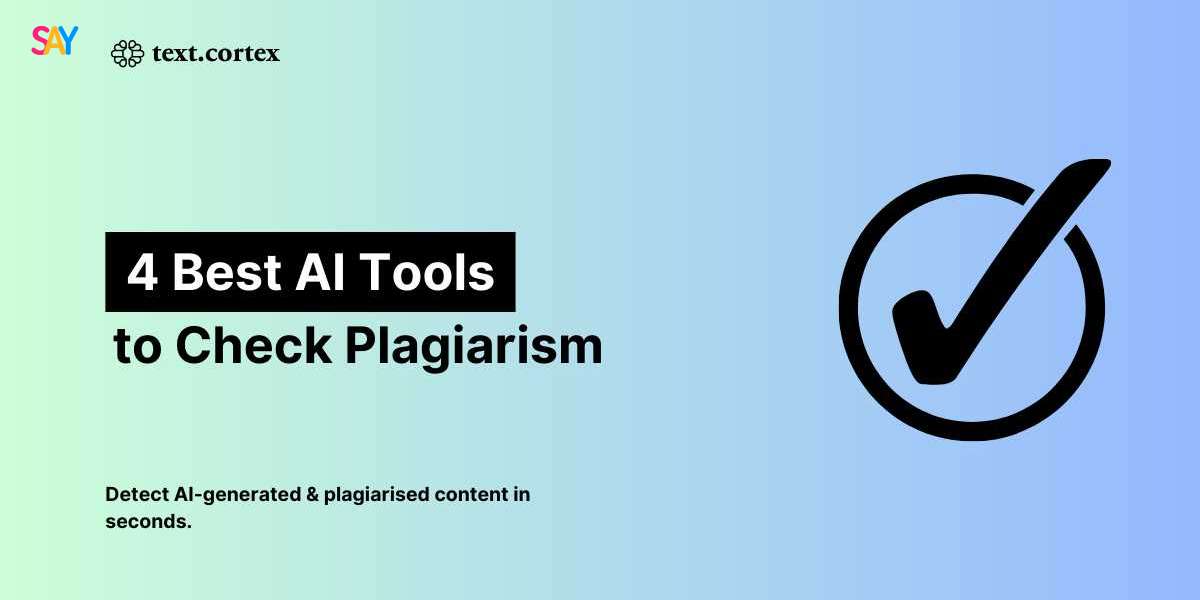Ensuring the originality of your content is crucial, whether you’re a student, researcher, or professional writer. Plagiarism can undermine the credibility of your work and have serious consequences, so it’s important to use effective methods to check for and prevent it. Here’s a detailed guide on how to check for plagiarism and maintain the integrity of your work.
1. Understanding Plagiarism
1.1 What Is Plagiarism?
- Definition: Plagiarism involves using someone else’s work, ideas, or expressions without proper acknowledgment, presenting them as your own.
- Types of Plagiarism: This can include direct copying, paraphrasing without citation, and self-plagiarism.
1.2 Consequences of Plagiarism
- Academic Penalties: For students, plagiarism can result in failing grades, suspension, or expulsion.
- Professional Repercussions: In the professional realm, it can damage reputations, lead to legal issues, and affect career prospects.
2. Manual Methods for Checking Plagiarism
2.1 Compare Sources
- Cross-Referencing: Manually compare your content against known sources or reference materials to ensure originality.
- Quoting and Paraphrasing: Ensure that all quotes are properly cited and paraphrased content is sufficiently rephrased and cited.
2.2 Use Bibliographies
- Proper Citations: Maintain a comprehensive bibliography and correctly cite all sources used in your work.
- Citation Styles: Adhere to the appropriate citation style (e.g., APA, MLA, Chicago) as required by your field or institution.
3. Using Plagiarism Detection Tools
3.1 Popular Plagiarism Checkers
Grammarly
- Overview: Grammarly offers plagiarism detection along with grammar and style checks. It compares your text against billions of web pages.
- Website: Grammarly
Turnitin
- Overview: Turnitin is widely used in academic settings to check for plagiarism and ensure originality. It provides detailed reports on content similarity.
- Website: Turnitin
Copyscape
- Overview: Copyscape specializes in detecting online plagiarism by comparing your content against web pages.
- Website: Copyscape
Quetext
- Overview: Quetext offers both free and Pro versions for plagiarism detection, providing detailed similarity reports and citation recommendations.
- Website: Quetext
Scribbr
- Overview: Scribbr provides plagiarism checking along with proofreading services, helping to ensure that content is both original and well-written.
- Website: Scribbr
3.2 Features to Look For
- Comprehensive Database: Check that the tool searches a large database of sources, including academic journals, websites, and publications.
- Detailed Reports: Look for tools that provide detailed similarity reports with highlighted matches and sources.
- Ease of Use: Choose tools that are user-friendly and offer straightforward instructions for submitting and reviewing content.
4. Best Practices for Avoiding Plagiarism
4.1 Proper Attribution
- Citing Sources: Always provide proper citations for any sources you reference, including direct quotes and paraphrased material.
- Use Quotation Marks: Place direct quotes within quotation marks and attribute them to the original author.
4.2 Paraphrasing Techniques
- Effective Paraphrasing: When paraphrasing, ensure that you significantly alter the original text and provide appropriate citations.
- Understand the Source: Read and understand the original material before paraphrasing to accurately convey the intended meaning.
4.3 Writing Original Content
- Develop Unique Ideas: Focus on developing and presenting your own ideas and perspectives to maintain originality.
- Use Your Voice: Write in your own voice and style, rather than relying heavily on external sources.
4.4 Regular Checks
- Frequent Reviews: Regularly check your content for plagiarism throughout the writing process to ensure it remains original.
- Update References: Keep your references and citations up to date, especially when incorporating new sources.
Conclusion
Checking for plagiarism is a crucial step in maintaining the integrity and credibility of your work. By using a combination of manual methods and effective plagiarism detection tools, you can ensure that your content is original and properly attributed. Adhering to best practices for citation, paraphrasing, and content creation will help you avoid plagiarism and produce high-quality, authentic work.




